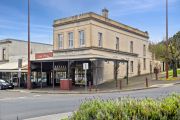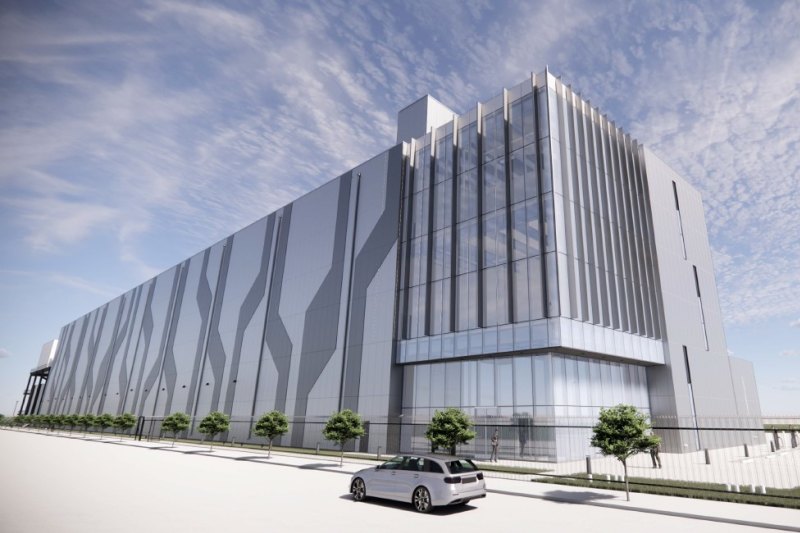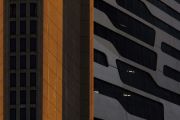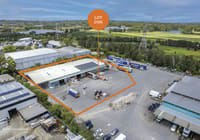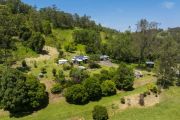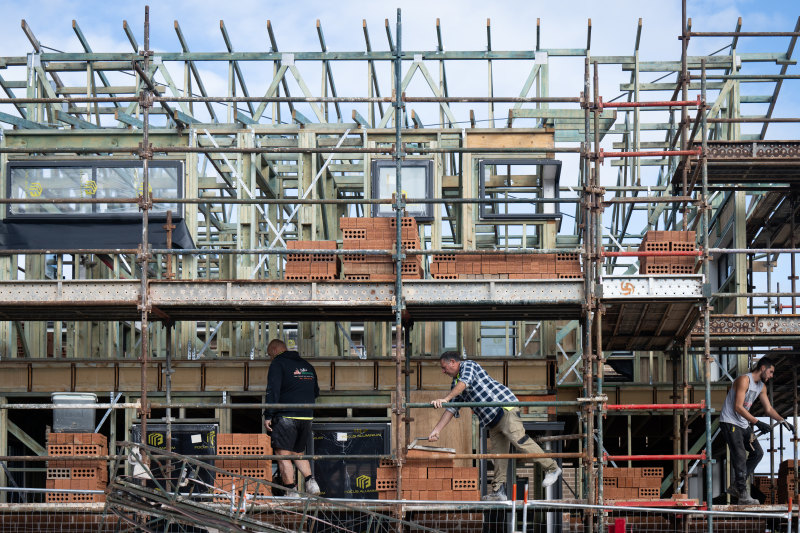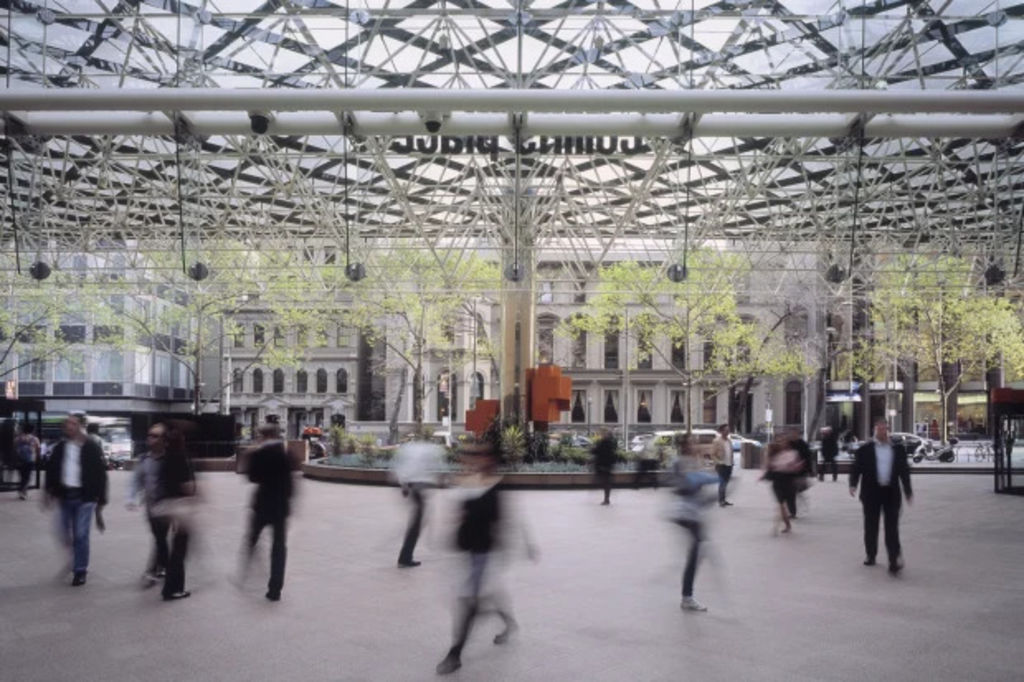
How some office towers stay full even in the work-from-home era
A year after the lockdowns ended in Sydney and Melbourne, and with many employees still working remotely, the unleased office space across the nation’s CBDs remains stubbornly high.
Despite a positive quarter for CBD office leasing, the national CBD vacancy rate remained unchanged at 14.1 per cent in the September quarter, according to JLL research.
The figure is better than many forecast at the start of the pandemic but, with so many working remotely, does not account for the space that, while leased, is unoccupied or underutilised.
The hope among investors is that more employees will return to the office; the fear is that as the global economy deteriorates, occupiers will exit more space.
As always, one number does not account for all the variations. Some towers are near full, others eerily empty. The differences, which reflect the nature of post-pandemic business, might surprise.
Let’s start with the big picture. The Reserve Bank, in the latest Financial Stability Review, says the underlying tenant demand for CBD office property “remains weak” with market rents around 10 per cent lower than pre-pandemic levels.
Andrew Ballantyne, the respected head of research in Australasia for global real estate heavyweight JLL, says “corporate Australia is taking a disciplined approach to office space requirements as the global economic backdrop deteriorates”.
He notes Australia is better positioned than other mature economies, particularly because of the increase in permanent migration and its multiplier effect across the economy.
Tenant adviser Tim Green, the managing director of Tenant CS, says the demand for office space is “very soft”. The majority of his current lease negotiations involve reductions in floor size, with, on average, a cut of around 30 per cent of space.
“There are a lot of headcount reductions in technology companies and an incredible amount of people who are working from home and will just not be coming back,” he says.
The Property Council’s office occupancy numbers for September underlined the point. Office occupancy did rise in the first month of spring in Brisbane, Perth, Adelaide and Melbourne – to an average of just 41 per cent on the Yarra – but fell in Canberra and stuck at 52 per cent in Sydney.
Nevertheless, JLL recorded an increase of 52,400 square metres in the amount of space leased in the CBDs in the September quarter, and Sydney was the only CBD to go backwards. Net effective rents moved marginally, up in Sydney and down in Melbourne.
At the same time, lease incentives – while they appear to be plateauing – are at levels unseen since the crash of the early 1990s.
On the JLL numbers, prime new tenants in Perth can gain a lease incentive – in rent reduction or fit-out contribution – equivalent to 48 per cent of all the rent to be paid under the lease. The figure is 42 per cent in Brisbane, 39 per cent in Melbourne and 34 per cent in Sydney.
“We are cautious on the outlook for office leasing markets,” says Macquarie Securities analyst Stuart McLean.
“On the demand side, we see potential for further softening as leading indicators [employment growth, business conditions, etc] continue to moderate. Meanwhile, JLL is forecasting around 4 per cent of supply to come online in both Sydney and Melbourne over the next three years.”
Kevin George, who looks after one of Australia’s largest tower portfolios as the head of office at Dexus, is more confident.
“All the signs about white-collar employment are strong,” he says. “Demand for office space in the short term will be strong.”
If leasing markets do weaken, and office yields rise – JLL estimated, for the September quarter, 20 basis points of expansion in Sydney CBD office and 10 basis points in Melbourne – values will fall.
However, the downturn, as with leasing performance, will not be uniform.
Charter Hall chief executive David Harrison forecasts a bifurcation in office markets.
JLL’s head of office leasing in Australia, Tim O’Connor, warns that “structural vacancy is emerging across office markets” with assets that “have lost relevance for active tenants”.
In past downturns, organisations moved up – to better quality and improved position – and JLL stresses that occupiers are once again “gravitating towards higher-quality assets”.
But don’t mistake that for a simple formula, like moving from old to new, or from the fringe closer to the CBD core.
In pandemic Sydney, both Bank of Queensland and RBC Capital committed to older buildings. Australia Square, now 55 years old but upgraded to a 5-star NABERS energy rating, is near full while the up-to-the minute Barangaroo towers have vacancies.
Dexus’ George says occupiers are happy to move to older buildings provided the properties have had the right investment, and, along with the right location, are relevant to the occupiers’ needs.
Similarly, the fringe CBD markets, like Richmond and Cremorne in Melbourne and Surry Hills in Sydney, which would have suffered in past office downturns, are now attracting occupiers, and delivering low vacancies, with a “non-CBD vibe”.
JLL’s O’Connor says the Melbourne fringe is one of the strongest markets in the country with 103,000sq m of space taken up in the past 12 months – particularly by domestic, not global, technology groups.
Buildings also have to respond to the style and needs of the business of the moment, to those occupiers that are upgrading and expanding. At the moment, that is not government, or the big finance houses, or the global tech giants, but small to medium enterprises.
“The expansion of SMEs is contributing to positive net absorption across most Australian office markets,” says JLL’s O’Connor.
In Melbourne, he says, tenant inquiry is strongest in the “sub-500sq m cohort”. In Brisbane, “SMEs are more active and inquiry is gravitating towards assets with an existing fit-out”.
Sustainability credentials, for both buildings and their managers, is the other increasingly critical factor in occupant choice.
“Most listed companies, and public sector bodies, have carbon emission reduction targets, and this is shaping their real estate strategies,” says O’Connor.
“Real estate owners have to show how their asset is on the pathway to become a net zero carbon building or risk structurally lower occupancy rates.”

